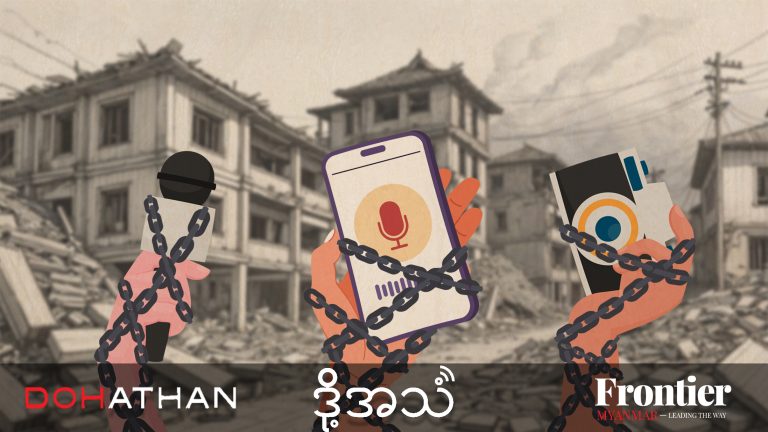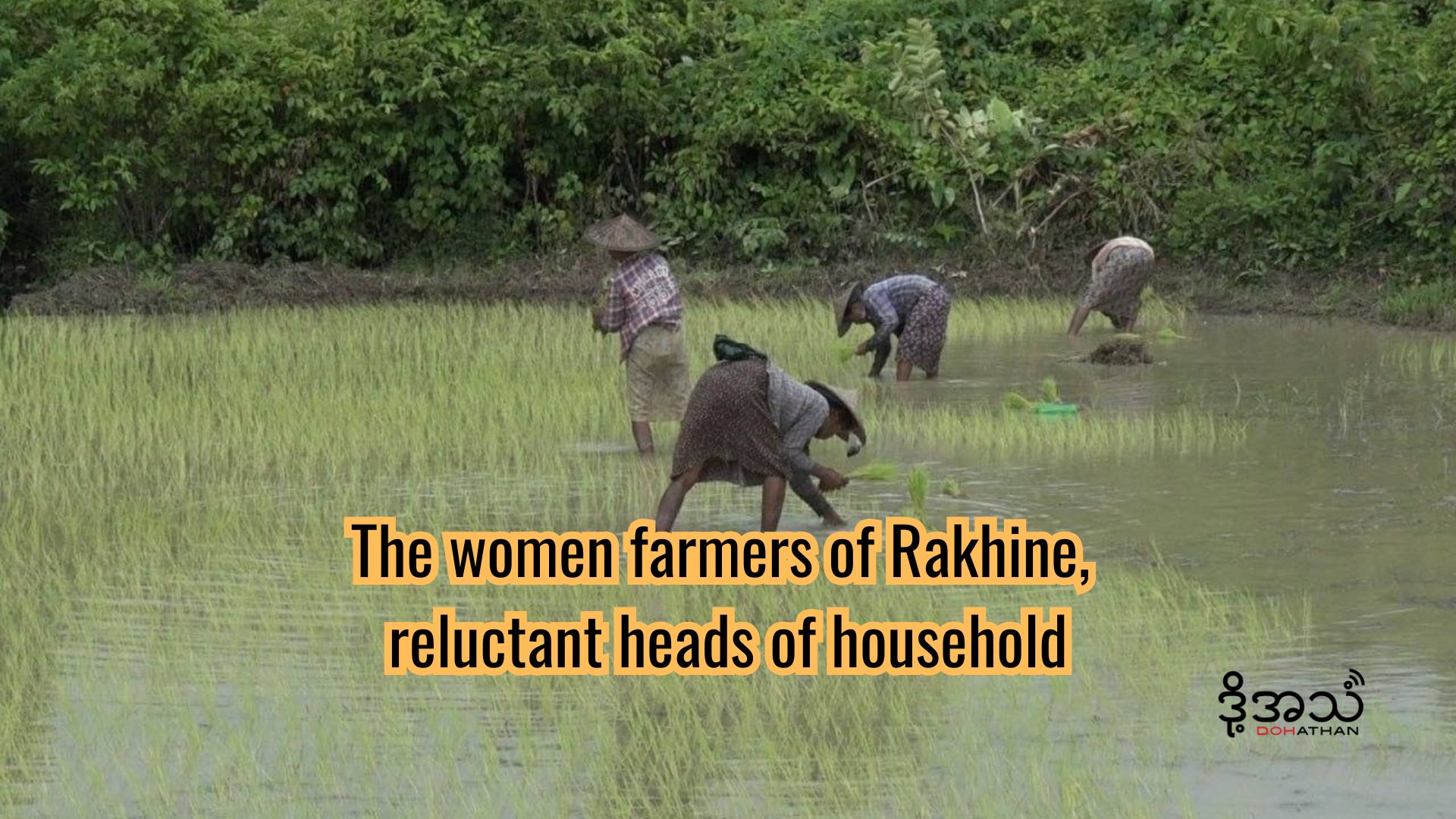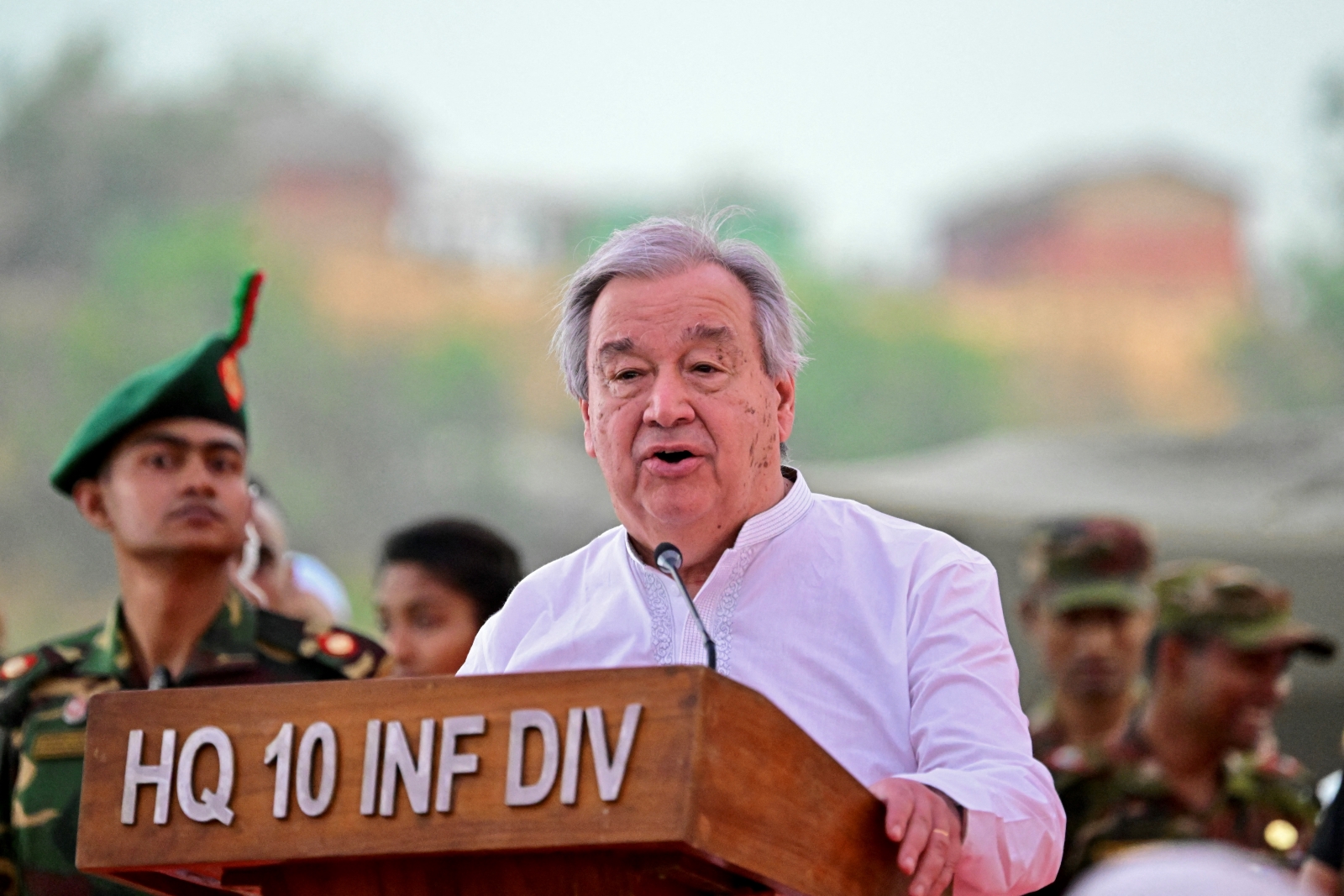A Myanmar journalist and fixer describes the dilemmas of objectivity, identity and trust posed by reporting in a state riven with communal animosity.
By EAINT THIRI THU | FRONTIER
IN December 2016, I made my 25th reporting trip to Rakhine State in western Myanmar. More than any other state, and any other conflict, Rakhine has changed me and my understanding of my country.
Even though my family is a mix of four ethnicities, I grew up as a Burman Buddhist. That gave me a double majority status and privilege, both religious and ethnic. Living in Yangon, the capital until 2006, my life was coloured by propaganda from the military government. In our school history books we could only read about the Great Burmese Empire.
The histories of the minorities were left out. From the state-controlled newspapers we learned that the ethnic armed struggle was an insurgent, rebel movement created by people who wanted to destabilise the country. No one mentioned that the Burman-led military had unjustly taken control of the ethnic lands. All I knew about minority ethnic groups was their traditional costumes and dances. I did not know why they were fighting, or how their lives were affected by conflict. I grew up in ignorance.
In this essay I explore the challenge of gaining access, and being impartial, in an ethnic state where you are expected to be on one side of the conflict or on the other. For decades the military junta restricted access to information and wielded a powerful propaganda strategy. This has had a long-lasting impact.
There is a massive communication gap between the Burman lowlands and the ethnic states, characterised by historic misunderstandings and misinformation, especially now that social media platforms are the primary way to share information. This has both caused and perpetuated intercommunal conflict between Rakhine Buddhists and Rohingya Muslims.
Information is power and a weapon, with all sides distorting and exaggerating it. It is hard to trust what people say and to provide accurate media coverage. Even the words you use to describe northern Rakhine and the Rohingya are highly sensitive.
The fact that the military has closed off a large area in the north of the state where the Rohingya historically lived makes access and understanding all the more difficult. In this essay I use my own experiences doing fieldwork, conducting interviews and building trust to explore identity and language politics in Rakhine State and to explain the challenges of getting to the truth.
Opening my eyes
A few days after the 2015 parliamentary elections that brought Aung San Suu Kyi and her party to power, fighting broke out in the north of the country between the military and the Kachin Independence Army. I travelled to Kachin State so I could observe the conflict and document civilian human rights violations for Human Rights Watch. It was my first assignment in a war zone.
My heart was pumping as I walked up a hill close to the front line in the small town of Mohnyin. It took only 45 minutes to get to the top, but knowing there might be landmines made it seem much longer. That is when I started to think deeply about how people in conflict zones live their daily lives. How do they adapt to conflict and survive? Where do they get their information? What is their future? I had only a glimpse of their plight, but I could already feel the bitterness of lives spent falling asleep to the sounds of bullets and explosions.
Myanmar has long been home to war and an oppressive military regime, so human rights violations are an inevitable part of our daily lives. The pattern and seriousness of violations vary from place to place, one ethnic group to another, one religion to another, and one individual to another, especially between the Burman lowlands and the minority ethnic areas.
We all share an education system that has been systematically destroyed, as well as poverty and, on a deeper level, fear, mistrust and ignorance. For a long time, information was blocked and the only media we could easily access were state-controlled newspapers and the BBC, VOA and RFA. Someone from the ethnic states could not understand the difficult life of a Burman in the cities, while a Burman had no clue as to what was going on in the ethnic states. We were many worlds within the same country.
In 2008, when I was 18, I discovered documentaries and books at the American Center library in Yangon. I realised that people needed information in order to understand. I became an activist. Yet I still could not see the world of people living in the ethnic zones. It was only when I became a fixer assisting foreign journalists, and a researcher, that my eyes were opened about the other parts of my country.
My friends in Yangon could not believe my stories. For example, I uncovered one very shocking truth during a trip to northern Shan State. As there are many armed groups and increasing conflict in that state, villagers created a voluntary rotation system of porters for the armed forces. Rather than letting soldiers grab people randomly from farms and jungles, they hoped this would increase their chances of returning home safely.
When I asked a man in an internally displaced persons camp if he knew that the military was violating his human rights, he answered me with a smile: “How can we care about our human rights or legal protection when we are trying so hard not to die?”
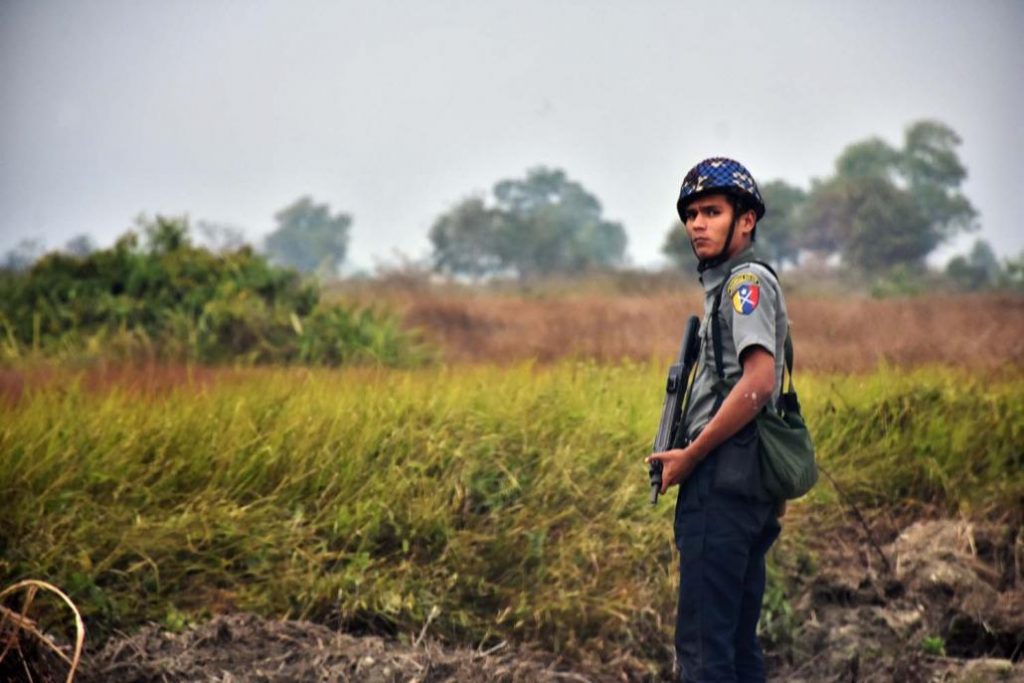
A bitter legacy
My country was a British colony from 1886 to 1948. Before that, there was occasional warring between Burmans and the Shan, and Burmans and the Rakhine, but for the most part the different ethnic groups lived separately in their own lands. It was only under the British that they were combined and ruled as part of India.
The majority Burmans lived in the lowlands, and the minority ethnic groups lived in the hill areas. During the independence movement in the 1940s, the young and educated General Aung San, the father of Aung San Suu Kyi, tried to convince the ethnic people in the hill areas to form the Union in order to gain independence for the whole country.
After many meetings and a powerful speech in parliament by Aung San, who promised that the majority Burmans would never trick the minorities or take over their lands, the historic Panglong Agreement was signed by Burmans and three other major ethnic groups on February 12, 1947. The agreement outlined the federal union that would follow independence, based on principles of self-autonomy and equality among states.
Unfortunately, events did not unfold as planned. Aung San was assassinated later that year. When the country became independent in 1948, the new rulers failed to implement the federal union plan. Instead, their attempt to demolish the long-standing traditional ruling systems in the ethnic states created tense conflicts between the military and the ethnic armed groups.
To gain control, the military stepped into politics and ruled the country from 1958 to 1960. Then the power-hungry General Ne Win led a coup in March 1962. The totalitarian military government stayed in power for more than five decades, followed by a quasi-civilian government in 2011, and an almost-civilian government in 2016. None of them has figured out how to deal with ethnic conflict.
Gaining access
I went to Rakhine State for the first time in late 2012, six months after violence broke out between Rohingya Muslims and Rakhine Buddhists. I learned about the violence from government newspapers. They said 10 Muslims had been killed by a mob in the town of Taungup, and used the derogatory word kalar to describe them. According to oral history, kalar originally meant foreigners or migrants from India. Now, however, it is most often used to describe Muslims and Hindus.
State media claimed that the violence started after a Buddhist girl was raped and murdered by Muslims. It was surprising to see this kind of news in government papers. For my entire life they had tried to hide the truth, especially about atrocities. So I found it hard to believe what they were saying. Given the NLD’s election victory in the 2012 by-election, I wondered whether those previously in power were simply trying to fuel the conflict.
During the 2012 violence, many people lost their homes and lives. Most of these people were Rohingya. The government segregated the two communities – claiming that this would prevent the violence from escalating – moving Rohingya Muslims outside of the state capital, Sittwe, into camps, with no freedom of movement and restricted access to healthcare and education, and the Rakhine Buddhists into the centre of the city. Railway tracks divided them.
Traditional Rohingya villages had existed outside of Sittwe for a long time. The Rohingya neighbourhoods inside the city were all destroyed and burnt down by the violence, with one exception: Aung Mingalar. This rich neighbourhood somehow survived, but it has remained heavily guarded ever since. Some of the newly homeless Rohingya were sent there as IDPs. For the next two years the two communities had restricted access to each other, including limited trade on the railway line that formed the border between them.
When I last visited the area, in December 2016, Rakhine could go into the Rohingya area freely, whereas the Rohingya could not leave their own areas without permission. Journalists who want to visit the areas where Rohingya live have to ask the government for permission, which is never easily granted.
The rules and regulations for access to Rohingya camps often change, and officials seem to drag out the procedure for as long as they can. To avoid long delays, some journalists try to sneak into the camps to do their reporting.
It is equally difficult to get the two communities to talk to journalists. When I conduct interviews, I try to establish a relationship of trust and respect. When I am interpreting for foreign journalists, my job is not simply to translate the words people say, but to create a space where they can tell their stories openly and comfortably in their own words. This is when I need to use my identity to gain access.
I will always remember an incident in December 2012. I was sitting in the house of a Rohingya Muslim man in Aung Mingalar. I was supposed to interpret for a foreign journalist, but suddenly I was asked to leave the room. Both the house owner, who could speak a little English, and his guests, seemed to be uncomfortable at the thought of speaking openly with a Buddhist Burman – me – in the room. I understood that the trust between Muslims and Buddhists had been badly broken, so I left without a fuss for the sake of the interview.
After the interview finished they asked me to come back inside and tell them where I lived in Yangon. Lan Kyal, I replied, a famous Muslim majority neighbourhood in Tarmwe Township. I had lived there for 20 years and my late Buddhist grandfather had been the headman for 30 years. That information changed the dynamics. They suddenly seemed to accept me. If they had known where I had lived, they said, they would not have asked me to leave the room. They started calling people in the camps, introducing me as a moderate Burmese journalist. This was how the door to the Rohingya community was first opened to me.
It was a different story for the Rakhine Buddhist community. I am a Buddhist, so I thought it would be easier. Yet my part-Burman identity risked creating a different kind of barrier. Very few ethnic minorities trust the Burman majority. We have a reputation for dominating them through military action, so that is understandable. In fact, it is said that Rakhine people hate Burmans almost as much as they hate the Rohingya.
Yet once again I was able to use my identity to gain access. My family is from Dawei and it is widely believed that the Rakhine and those from Dawei are relatives. So I use my Dawei-Buddhist identity to gain access. Dawei and Rakhine languages also have some similarities, so the fact that I speak Dawei at home with my family helps me understand the Rakhine language, and I do not have the same language barrier that I have with the Rohingya. But the Rakhine do not like that I bring foreign journalists with me to meet the Rohingya. One aggressive Rakhine man told me that my parents should have taught me how to protect my nation.
In most situations my identity as a Dawei Buddhist growing up side-by-side with Muslim neighbours makes it easier to open doors. Yet sometimes I face a dilemma about whether or not to use my identity in my profession. I am well aware that this strategy can backfire, so I have to be careful. People from both sides want me to stand with them against the other side.
What they do not understand is that, while I am using my identity to gain access, as an individual I do not truly belong to any particular group or identity. I simply want to report. I do not – and I should not – say one group is right and one group is wrong. Yet if I tell them this, I risk losing their trust.
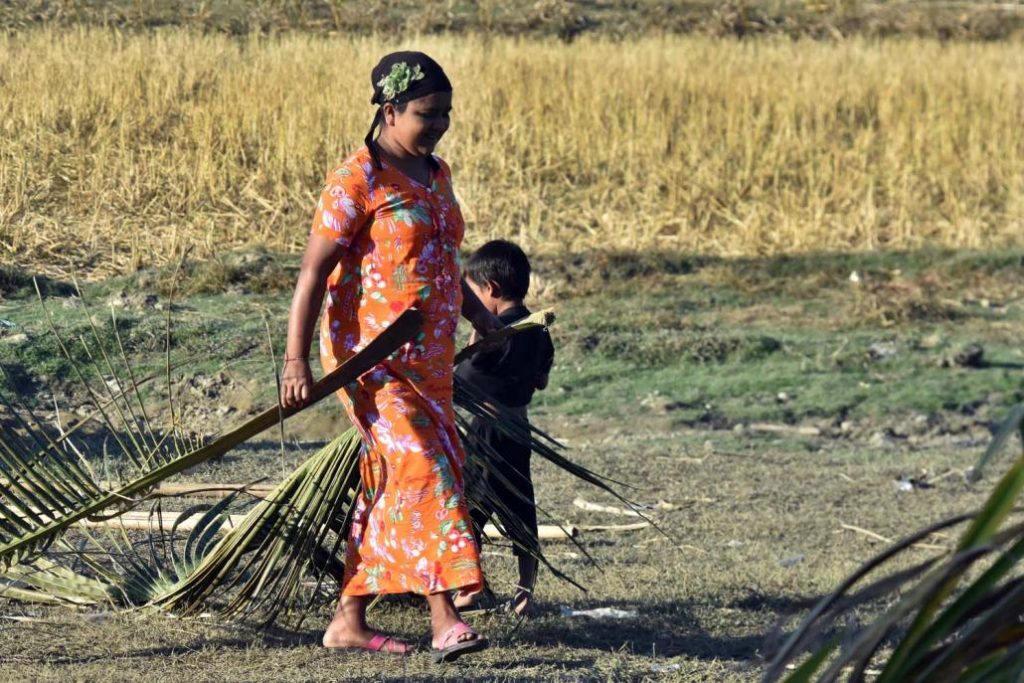
Obstacles to the truth
It is not an easy job to access credible information in Rakhine State. You need to triple-check everything, especially information from the Rohingya community. They are suffering from extreme human rights violations. Their freedom of movement and citizenship have long been denied. They have limited access to education and healthcare. Their job opportunities are restricted. Their human dignity has been ignored. They have been living in extreme poverty, which has led to human trafficking and smuggling to neighbouring countries.
Given these dire circumstances, they want their suffering to be heard and cared about, especially by the international community. As a result, there is a tendency to exaggerate and twist information. People do it themselves and so do their translators. The language barrier is thus exacerbated by translation, especially for foreign media that face a double barrier: Rohingya to Burmese, and then Burmese to English.
I always try to explain to translators that exaggerating information has a huge impact on its credibility. The Rohingya people suffer many abuses, yet if their information is manipulated they will suffer even more, and the perpetrators of crimes against them will then more easily slip away without being held accountable.
Identity also influences news and information flows among and within communities in Rakhine. In 2016 I conducted fieldwork on the ways Rakhine Buddhists, Rohingya Muslims and Kaman Muslims (a Muslim community living mainly in southern Rakhine) access and share information, and the role that news and information, social media and rumours play in creating and solving conflict.
Because they place little trust in people outside their communities, or in traditional media outlets, and have limited media literacy, all three groups tend to place the greatest trust in informal information flows, including community sources and networks. None of them trust state-controlled media, and often refer to it as propaganda.
Over the past six years almost all of the messages in my inbox have been about reporting trips to Rakhine, and most have been from foreign journalists. Because they have more resources, experience, interest – and sympathy – foreign journalists tend to spend more time in the field covering Rohingya issues than local journalists. This means they have gained the trust of that community in ways local and national media cannot.
Working with foreign journalists has taught me a lot about the way they build a story, conduct research, find sources, identify quotes, and fact-check. I find their stories strong and credible. Yet I have noticed that sometimes they oversimplify the context and dynamics of the conflict and the political situation of the country. Because too much time is wasted waiting for official permission, only a few journalists actually go to the camps. The others report the situation in Maungdaw from Sittwe, even though the dynamics of the conflict are different in the two places.
There is also a tendency to always paint the same stark picture: Rohingya as victims and Rakhine as aggressors. Many Rakhine Buddhists I have talked to distrust foreign journalists because they feel their own opinions and challenges are being ignored. They have also been oppressed by the government, and suffered from poverty and restricted access to services.
Both Rakhine media and national media outlets tend to become nationalistic whenever the Rohingya issue is raised. I have never even seen them use the name Rohingya in their Burmese-language editions. Instead, they use Bengali, intimating that the Rohingya are illegal immigrants from neighbouring Bangladesh. It is only when they publish in English that they may, in a few rare cases, use Rohingya.
This could be called identity journalism – changing the language you use for different audiences. Many Rohingya have told me that they do not trust Rakhine or national media because they are biased and do not know or understand the situation on the ground. Local media’s ability to cover these stories is further hindered due to limited financial and technical support.
The fact that the government and the military restrict journalists’ access to northern Rakhine makes it even more difficult for citizens to gain access to credible and reliable information sources. They thus tend to rely on informal information flows. Tea shops, betel nut shops, beer stations and markets are places where information is shared.
Both Rohingya Muslim and Rakhine Buddhist communities say they believe information and rumours as long as they come from their own people and are verified by their respected community leaders or reporters who live in their communities. Women tend to get information from their husbands and other male adults. Young people mainly get information from Facebook, which they then usually check with their elders. The dominance of social media – especially Facebook – helps unverified information spread more widely and quickly.
Here is a good example. In late 2016, a rumour spread on the Sittwe university campus. It started off as a joke, but then a subsequent power cut almost led to clashes. According to witnesses, a group of young Rakhine were playing guitars near the university late in the evening when some of their friends passed by on a motorbike and shouted “Kalar are coming”, as a joke. A group of 10 Rohingya workers were coincidentally on campus, renovating a hostel for university teachers. The campus suddenly lost its electricity supply, so the workers took a break.
At this point the teachers who had heard the shouts – “Kalar are coming” – concluded that the Rohingya were trying to attack them, and started shouting for help. The rumour quickly spread that Rohingya were planning to attack Rakhine Buddhists. In response, a Rakhine Buddhist crowd gathered to fight them. Tensions grew until a Rakhine military officer convinced the crowd that it was an unfounded rumour. The crowd was only willing to believe one of their own trusted community members.
The attempt by the government to solve the conflict between the Rakhine Buddhist and Muslim Rohingya communities by separating them and restricting media access is wrong. Because people cannot access reliable information, an identity-based information system has emerged which brings with it a high risk of rumour-mongering. The role of identity in information sharing is, in my opinion, extremely unhealthy.
As a result of the previous military junta’s policy of blocking access to media and information, my generation has become accustomed to mutual distrust and conflict. If we want to create sustainable peace and understanding among the different ethnic groups in our country, it is vital that the current government allows open access to conflict areas and enables opportunities for peaceful and tolerant dialogue and civil discourse between people of different backgrounds.
“Covering Rakhine: Journalism, Conflict and Identity,” by Eaint Thiri Thu, first published in Myanmar Media in Transition: Legacies, Challenges and Change edited by Lisa Brooten, Jane Madlyn McElhone, Gayathry Venkiteswaran, Chapter 10, 2019 (BM572). This article is produced here with the kind permission of the publisher, ISEAS – Yusof Ishak Institute, https://bookshop.iseas.edu.sg/



